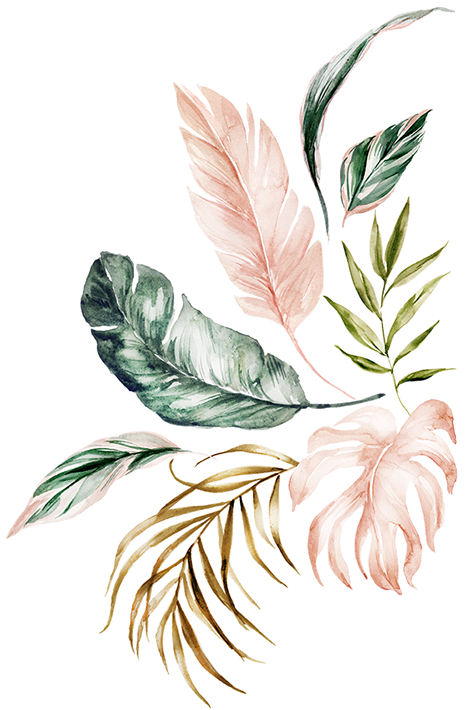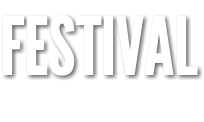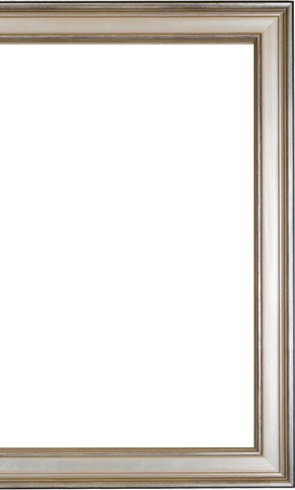

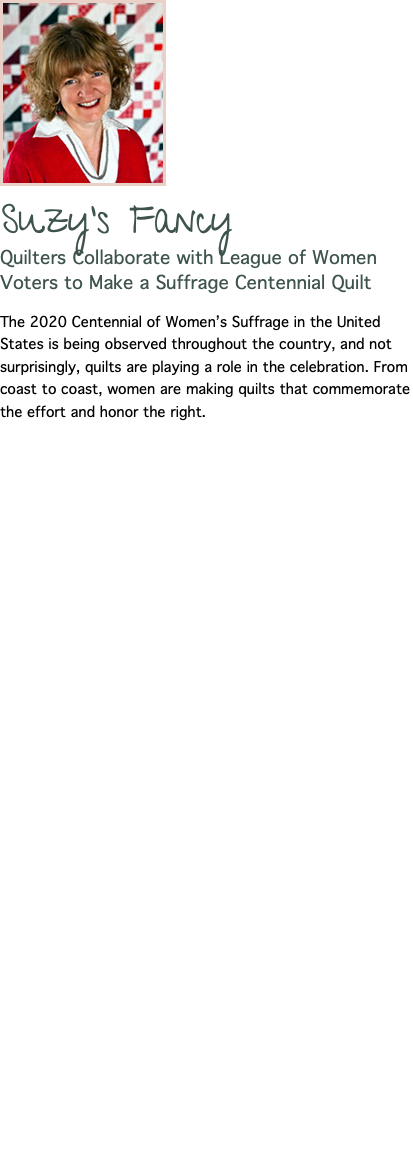
Suffragists began their organized fight for women’s equality in 1848 when they demanded the right to vote during the first women’s rights convention in Seneca Falls, New York. For the next 72 years, women leaders lobbied, marched, picketed, and protested for the right to the ballot. The U.S. House of Representatives finally approved the Susan B. Anthony Amendment, which guaranteed women the right to vote, on May 21, 1919. The U.S. Senate followed two weeks later, and the 19th Amendment went to the states, where it had to be ratified by 3/4ths of the-then-48 states to be added to the Constitution. By a vote of 50-47, Tennessee became the last state needed to ratify the 19th Amendment on August 18, 1920. Secretary of State Bainbridge Colby issued a proclamation declaring the 19th Amendment ratified and part of the US Constitution on August 26, 1920, forever protecting American women’s right to vote. –Women’s Vote Centennial Initiative
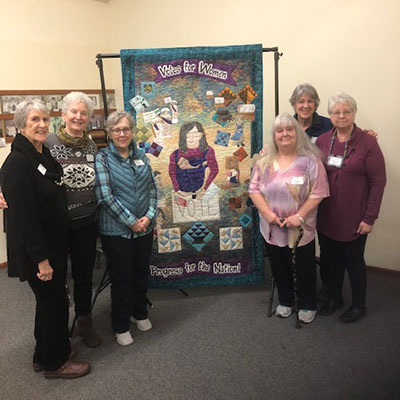 Sunbonnet Sue Quilt Club members with the quilt they made to commemorate the centennial of women’s suffrage in the United States. From left, Carol Geer, Alanna Levesque, Deni Young, Anna Schenck, Sue Stednick, and Nancy Wilcox. Norma Herbold is not pictured. Photo courtesy of Sue Stednick.
Sunbonnet Sue Quilt Club members with the quilt they made to commemorate the centennial of women’s suffrage in the United States. From left, Carol Geer, Alanna Levesque, Deni Young, Anna Schenck, Sue Stednick, and Nancy Wilcox. Norma Herbold is not pictured. Photo courtesy of Sue Stednick.
In the state of Washington, the League of Women Voters (LWV) of Clallam County and the Sunbonnet Sue Quilt Club in the city of Sequim forged a creative partnership to produce one such quilt. Entitled Vote for Women Equals Progress for the Nation, the 45” x 65” pieced and appliquéd pictorial wallhanging brought members from both groups together in an experience that proved to be enriching for all involved.
Quilter Sue Stednick, who is a member of both groups, came up with the concept when the LWV was brainstorming ways for how to raise funds to underwrite the local centennial celebration and to promote education efforts in schools, particularly a curriculum for youths in grades kindergarten through 12 called Kids Voting USA.
“I was looking around the room and I realized that I was the only quilter in the group,” says Sue. “It dawned on me that quilters know a lot about the history of textiles, but they might not be as knowledgeable about the history of women’s suffrage, and league members might not know about the ways women have traditionally used quilts to raise money for the causes they believe in.” A raffle quilt seemed like a good option. With the LWV enthusiastically on board, Sue took the proposal to the Sunbonnet Sue Quilt Club.
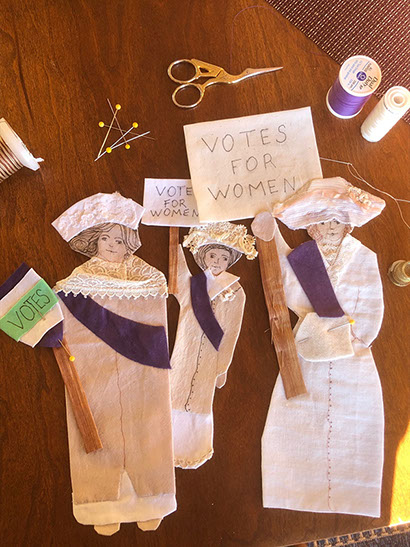 The quilt includes depictions of some of the early crusaders for women’s right to vote. Photo courtesy of Teresa Lyn.
The quilt includes depictions of some of the early crusaders for women’s right to vote. Photo courtesy of Teresa Lyn.
Seven members of the club responded and were eager to get started. In July of 2019, Sue, Anna Schenck, Carol Geer, Deni Young, Alanna Levesque, Nancy Wilcox, and Norma Herbold began meeting weekly at a local coffee house to share ideas and come up with a design. The group first thought about making individual quilt blocks, but then they decided to make a pictorial wallhanging that showed the progression of voting rights for women from the early days on into the future.
A loose timeline of women’s suffrage in the U.S. surrounds a central image. It begins with a scene inspired by the painting The Gleaners by Jean-François Millet that shows women’s role in agrarian society in the 1700s with no rights, continues on to the 1800s with pioneer women’s participation in westward expansion that led to the settlement of what is now Washington state, then to the 1900s depicting some of the early crusaders for women’s right to vote, and finally a representation of women of different ethnic groups to highlight the fact that minorities in the U.S. have gained the right to vote at different times. The center features a young mother of today holding her daughter, named Hope, mailing a ballot.
“It was so much fun! Some of us had never worked together before and it was inspiring to bounce ideas off one another,” recalls Sue. “And it truly was a collaboration, with everyone’s talents being put to best use. Some in the group are real artists and were able to express our ideas pictorially. Some of us are good at piecing. The League provided inspirational wording associated with the suffrage movement that was machine embroidered around the borders. One person was an excellent machine quilter and another did the binding. All materials that went into the quilt were donated, and we finished it by Thanksgiving. It was able to be shown at every performance of the play, The Quilters, held at our community theater, and we were able to sell raffle tickets there.”
The intention of the project was to display the quilt at other local events and sell tickets right up to the LWV’s Centennial Celebration planned at a local winery on August 15, 2020. While that goal has been thwarted as the COVID-19 pandemic has put all such opportunities on indefinite hold, all those involved hope that there will still be time to raise money to help educate the community about the importance of voting.
“Our whole group feels passionate about the message of women getting the right to vote, and all the hard work and history that went into it,” says Sue.
